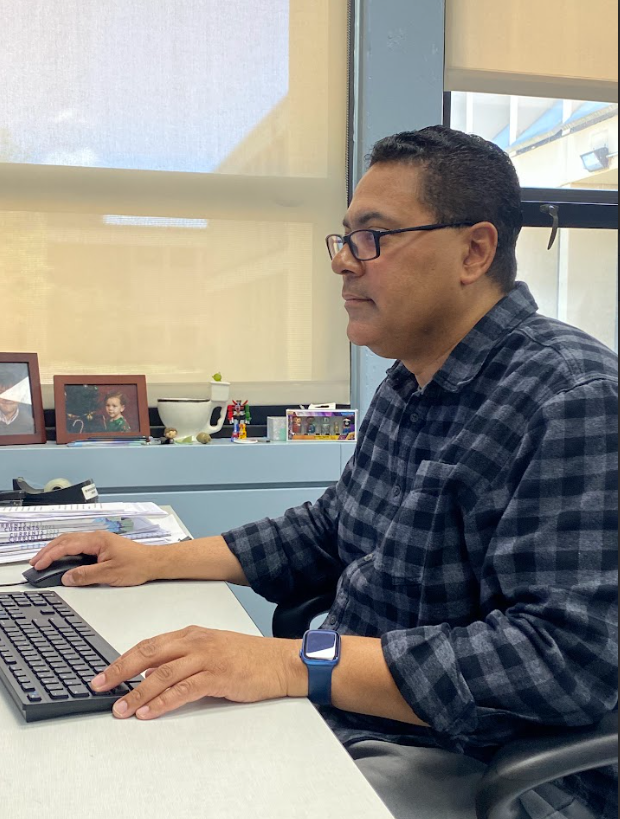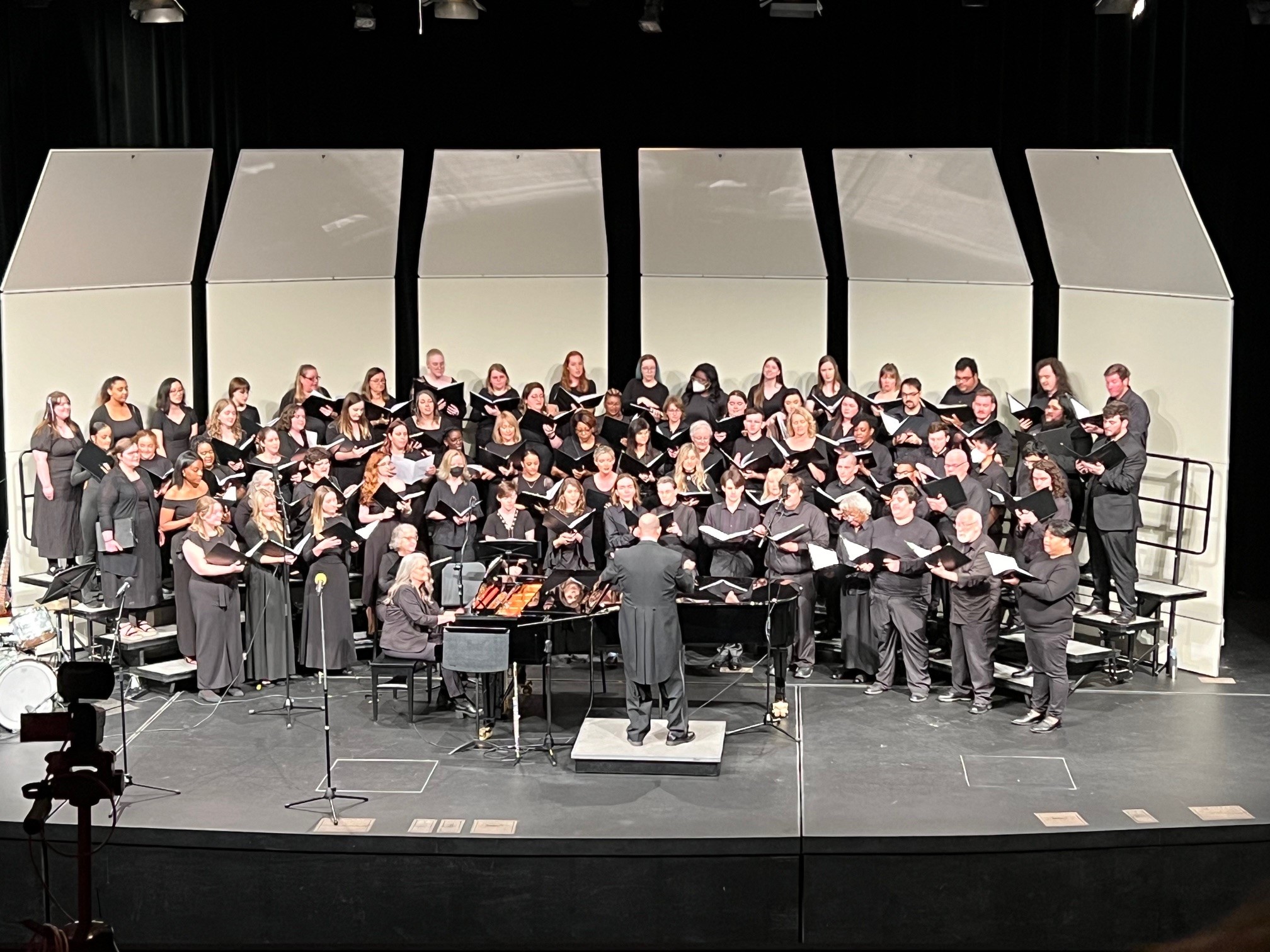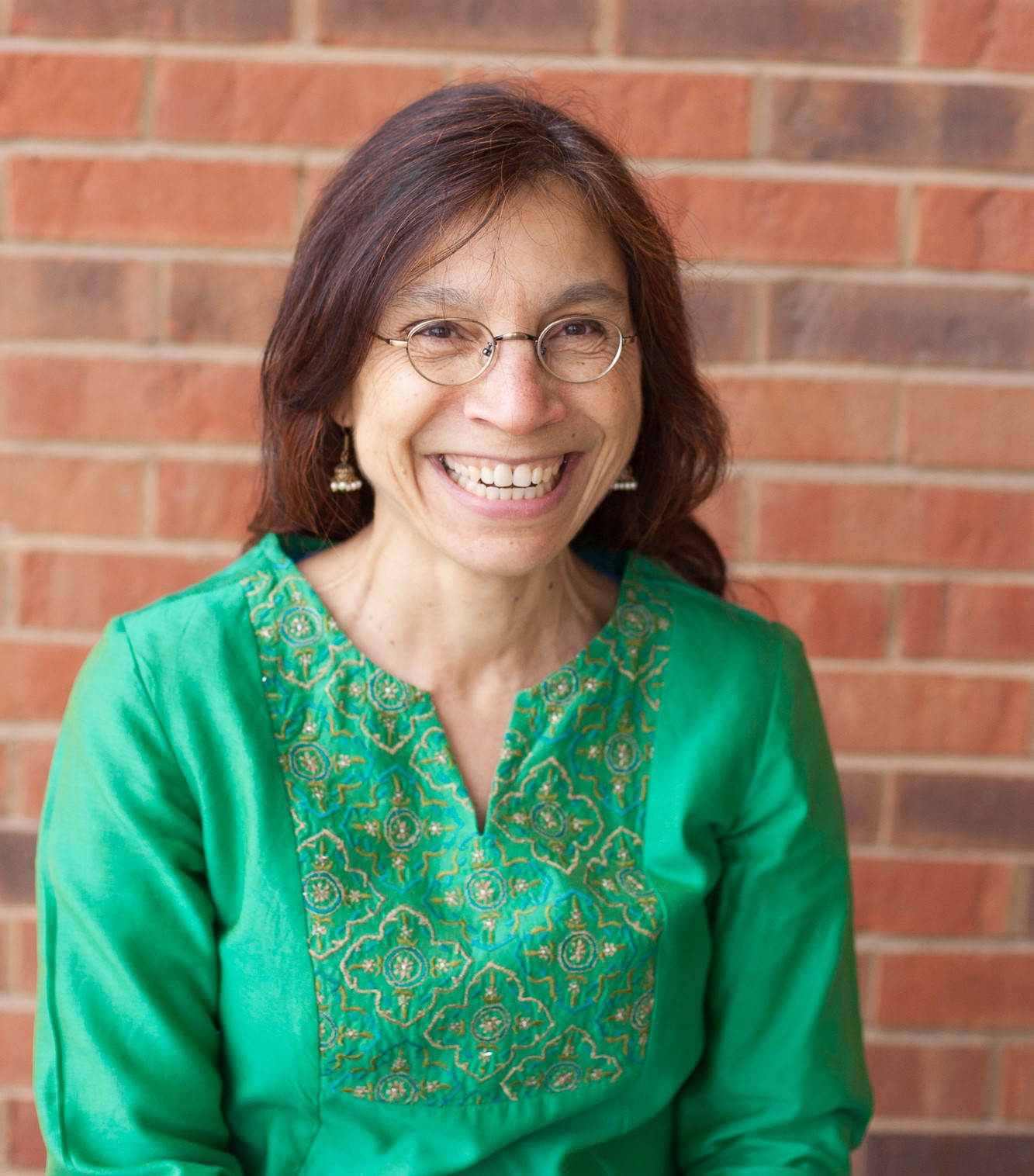A day in the life of a tough cookie.

Emily Curry
– Correspondent –
Christine Salamone, 43, is a tough cookie. She gave birth to her now grown boys at home, completely naturally.
“And I can say from experience that I deal with the pain of childbirth every day,” Salamone said.
This is a side that Salamone usually hides.
All that most other STLCC-Meramec students see of her is a petite, smiling woman in a wheelchair, with her service dog Petey pulling her from class to class.
But the real Salamone is a powerful woman who has dealt with more than her fair share of pain, abuse and depression.
As a child, Salamone said that she was abused by her stepfather. She helped prosecute him and then admitted herself into the hospital. After originally studying for years to be a nurse, she said she left college without a degree.
“I dropped out three months shy of graduating because I had a patient die,” she said, running her fingers through her thick, but graying, dark hair.
It was shortly after this that Salamone was diagnosed with small nerve fiber neuropathy disease.
The disease affects Salamone’s mobility, energy, and even her eyesight. She said the diagnosis led to another season of depression in her life.
“I don’t want people to see the chair; I want them to see me,” said Salamone.
She said her husband also worried about her using a chair because it would hinder her talents.
However, Salamone finds ways to let her talents to teach, create, and tell stories shine through.
“I’m more in touch with who I am and what life is about,” she said. “I have to monitor my energy.”
She picks up her Pepsi Zero bottle to help illustrate.
“I have a limited amount of energy each day, and I need to decide where to use it.”
Any given day, Salamone chooses to devote her energy to things like driving long distances to come to class, leading one of her study groups or creating works of art, like the giant Easter Bunny toss game she made for the Meramec Student Activity’s Council Egg Hunt.
Salamone said she believes in being invested in her school.
She began attending Meramec in 2006 to earn a degree in human services.
After the first meeting of her first class, “I caught the bug,” Salamone said. “It’s a bug of worthiness.”
During the time that she has been on campus, Salamone has voluntarily helped tutor her fellow students in study groups every semester.
She also started the Human Services Club, petitioned (and succeeded) in having electric doors installed in the Meramec gym, as well as brought attention to previously overlooked drainage issues in the handicapped accessible restrooms.
“I was never a good student growing up,” said Salamone admitted.
But after attending Meramec and seeing her grades take off, she said she realized her potential. “I’m a 4.0 student,” she said. “I don’t say it to brag… It’s surreal.”
In May, Salamone and Petey will walk the stage to receive a hard-earned diploma in Human Services.
Salamone has been granted several academic scholarships, and most recently, the Chancellor’s Transfer Scholarship from Meramec.
“I don’t try to be a role model,” she said, “but what’s happened to me has happened for a reason.
And, if people can see me succeed while feeling like I’m in a trash compactor, then that will give them hope.”
Salamone said that the downside of many scholarships, including the Chancellor’s Transfer Scholarship, is that they require the awarded student be a full-time student with a minimum of 12 credit hours a semester.
With her condition, Salamone said this is impossible. “It doesn’t come easy. It’s 10 times harder for me to study than anybody else.”
It took Salamone four years to achieve her associate’s degree, and even that was a stretch for her.
Despite the great honor, she is unable to accept the $7,000 transfer scholarship because it has no alternate options for disabled students—like the option of taking fewer credit hours per semester.
Salamone has been accepted at University of Missouri-Saint Louis, and said she plans to start attending in the fall.
“Leaving Meramec will be hard,” she said quietly, with a glimmer of tears in her eyes. “[The UMSL] campus isn’t as accessible as this one. And, it’s 70 miles away from me…It’s a hell of a drive.”
Salamone said that she may end up getting to another plateau in her life, only to find that she still can’t achieve her goals. But, she said she chooses not to dwell on that possibility.
“There’s so much in life, and I don’t want to miss out,” she said. “Every day I like to feel like I accomplish something. I will push to get something accomplished.” She said that an 81-year-old woman once told her: “God doesn’t give you more than you can handle—but your plate is just too big.” Salamone said that one thing she’s learned from her experiences is that “when it rains, it pours, but after the sun there’s always a rainbow.”
She smiles and pats Petey. “I live in the enchanted forest,” she said. “I live at the end of the rainbow.”











